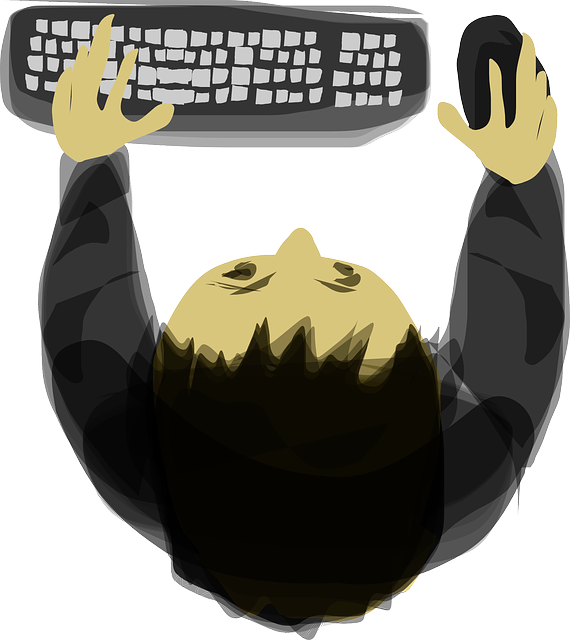
It’s been said that sitting is the new smoking. While in this technological age, our jobs often involve spending hours sitting at a desk, there are strategies we can employ to lessen the physical and psychological impacts that come with sitting for too long.
Not only is sitting too much a pain in the ass (both figuratively and literally), those who remain sedentary for extended periods are at risk for developing weak muscles, depression, strained nerves, bad posture, obesity, diabetes, and hip problems, not to mention a host of other maladies none of us wants to contend with.
If anybody should know a thing or two about sitting for extended periods, it’s people like myself who make their living writing. Those of you who spend long hours at the office also know how sitting for hours on end can wreak havoc on your back and nerves in your lower body.
Standing desks have become a major feature of the business environment landscape in recent years, enabling workers to avoid the pitfalls of weight gain, decreased blood sugar levels, reduce back pain, improve energy levels, and therefore boost productivity. What manager wouldn’t want that?
In my experience, some of the most effective strategies for reducing the ugly side effects of sitting include placing a pillow against my back and another on my seat, but also getting up and briefly walking around every 15 minutes or so. Doing this clears your head and alleviates much of the pressure on your back and legs. If you haven’t done this already, I highly recommended doing so.
As we age, many of us experience declining metabolisms. It seemed back in our youth and young adult years we could eat whatever we wanted and our caloric intake was not an issue. Flash forward 10, 20, 30 years into the future, the game has changed. If work is hectic and raising kids besides, you know what it’s like to spend a draining day at the office (sitting for much of it) only to hop into your car, spend an hour (or more) navigating aggravating traffic to get home in time for dinner and spend the remainder of the evening dealing with parental duties or work you didn’t get finished during the day. In the midst of all this business, finding time for even twenty minutes of daily exercise can seem like an insurmountable task. But find time for our physical and mental health we must.
It should be noted that not all exercises are created equally. As a creative individual who is as passionate about fitness as I am about writing, I can tell you from experiences which types of exercise burn calories hours after you finish your workout, and, contrary to what used to be popular belief, long periods of cardio isn’t one of them.
Strength training – more specifically, metabolic conditioning and compound movements – as well as interval – style cardio such as sprinting, give one an afterburn effect known as the EPOC effect, which is triggered by short rounds of intense workout interspersed with short rest periods. These types of workouts are especially effective for men over the age of 40, who are often insanely busy and whose limited exercise time needs to be as efficient as possible.
In addition to causing you no shortage of grief in the physical health department, were you aware that sitting for too long can affect your mental well-being as well?
You’re probably wondering how living a daily sedentary lifestyle can make you a sitting duck (no pun intended) for mental health issues, The British Journal of Sports Medicine states that when people are more engaged in sedentary behavior than in physical activity, there is more social withdrawal, therefore a greater chance of being affected by anxiety and depression.
When you’re finished with your day’s work, it’s best to put the computer away, hit the weights, swim laps, or even just go for a nice walk in the fresh air. Continuing to spend more time than necessary in front of screens is a recipe for disaster.
Chris McGarry is a professional freelance writer. He uses his expert knowledge, skills, and personal experience in writing about such topics as real estate, travel, fitness, politics, and digital marketing to create innovative, entertaining, and engaging content for his clients. He writes for Medium, TravelPlus, ThriveGlobal, The Canadian Firearms Journal, and more. His specialty is writing articles and books as well as copywriting and editing and proofreading.

